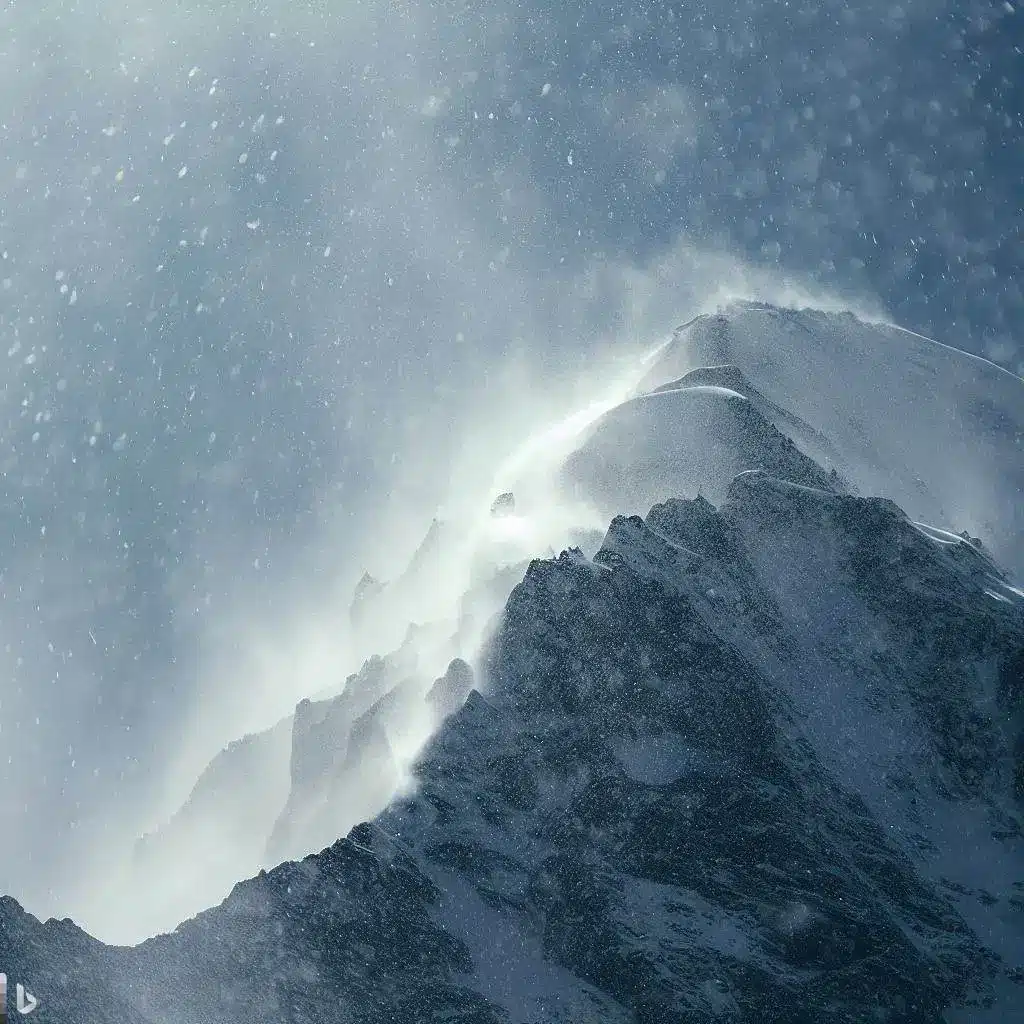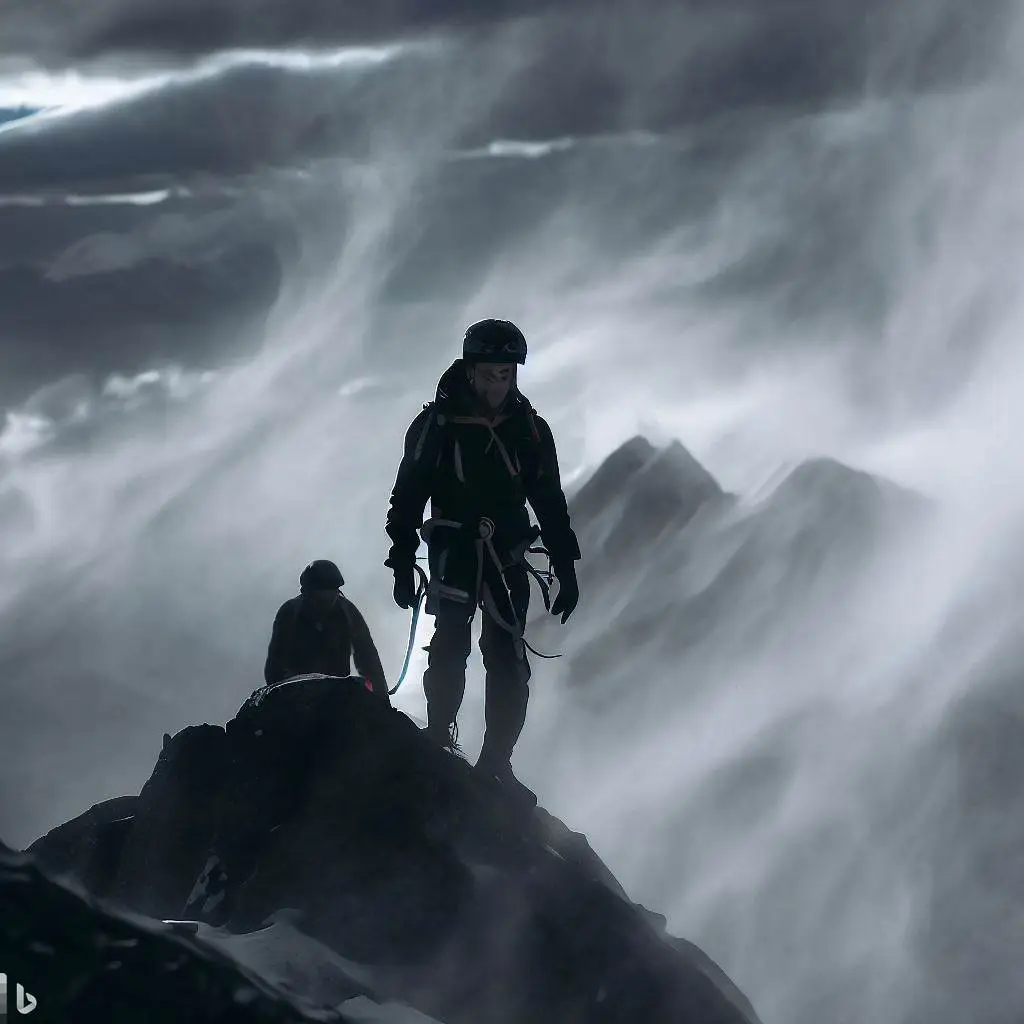Best Time For Lobuche Peak Climbing
Nestled in the mesmerizing Khumbu region, Lobuche Peak stands tall at an impressive elevation of 6119 meters. This awe-inspiring trekking peak offers a captivating adventure for mountaineering enthusiasts and rewards them with a breathtaking vista of the Himalayan landscape, including the majestic Mt. Everest towering at 8848.86 meters.
“Discover the Thrilling Adventure of Lobuche Peak Climbing!“
But when is the best time to undertake this thrilling expedition?
In this comprehensive guide, we unveil the secret to maximizing your chances of success by exploring the best time for Lobuche Peak climbing.
Table of Contents
Highlights of Lobuche Peak Climbing Best Time:
What makes the experience truly remarkable is choosing the best time to undertake this extraordinary journey. As you ascend towards the summit, be prepared to feast your eyes on a breathtaking panorama that includes the mighty Mt. Everest (8848.86 m).
So, let’s dive into the mesmerizing features that await you during the best time for Lobuche Peak climbing.
- Stunning Vista of the Himalayan Landscape
- Popularity Among Climbers
- Ideal Weather and Climate
- Spectacular Himalayan Vista
- Rich Natural and Cultural Heritage
By choosing the best time for Lobuche Peak climbing, you unlock a world of incredible highlights that elevate your journey to new heights.
Best Time for Lobuche Peak Climbing
So, which is the best time for Lobuche Peak Climbing in Nepal, and why it is considered the best time?

If you are unknown of Lobuche Peak Climbing Difficulty then you are doomed.
However, choosing the best time to climb Lobuche Peak can significantly lower the difficulty rate and enhance your overall experience, ensuring favorable weather conditions, breathtaking views, and ideal climbing conditions.
The most favorable season for all peak climbing in Nepal including Lobuche Peak Climbing is Spring & Autumn season.
Spring Season:
As the winter chill subsides, the vibrant hues of spring breathe new life into the Khumbu region. During this time, you can witness the silver Himalayas in all their glory, as the skies become clearer and the snow-clad peaks dazzle under the sun’s golden rays.
Similarly, the Spring season has longer daylight hours which is very beneficial for climbers. The chances of avalanches, icefalls, and slippery surfaces, which can be hazardous for climbers are also low during this time.
Autumn Season:
Autumn unveils its splendor, making it another prime season for Lobuche Peak climbing. September signifies the beginning of the Autumn season, with dry trails and the monsoon season coming to an end.
The moderate temperatures, clear skies, and awe-inspiring Himalayan panoramas set the stage for an unforgettable adventure. As you ascend, you’ll be captivated by the beauty of Mount Annapurna, Mardi Himal, Mount Machhapuchhre, and other magnificent peaks.
Festivals like Dashain and Tihar further infuse the trails with a joyous and festive atmosphere.
Thus, the Spring and Autumn seasons stand out as the best periods to embark on this thrilling adventure. With temperate and dry weather, excellent views, and ideal climbing conditions, you can create cherished memories while conquering the majestic Lobuche Peak.
The temperature during Spring Season in Lobuche Peak Summit:
- Base Camp (4,950m/16,240ft): 0°C to -5°C (32°F to 23°F)
- High Camp (5,400m/17,716ft): -5°C to -10°C (23°F to 14°F)
- Summit (6,119m/20,075ft): -10°C to -15°C (14°F to 5°F)
Lobuche Peak Climbing during Spring (March, April & May)
The months of March, April, and May season present an excellent opportunity for climbers to conquer this majestic peak. The trails leading to Lobuche Peak are adorned with a forest of rhododendron flowers and blooming vegetation.
Moreover, the trails remain dry and free from weather-related challenges, allowing for a smoother and more enjoyable climbing experience Here are some factors why March, April & May is the best month to climb Lobche Peak.
Lobuche Peak Climbing in March:
Temperature during March
| During Day: | 17 to 25 degree Celsius from starting point of the trek |
| During Night: | The temperature remains cold, below freezing point. |
| At Summit: | -10 to -20 Degree Celsius |
March is the beginning of the climbing season for Lobuche Peak where the weather is generally dry & the mountain ridges are safe. The weather transitions from winter to spring, with some snowfall in February but improving conditions in March.
It can still be chilly, but the beautiful views of the Himalayas make it worthwhile. The trails become more accessible and the temperature is moderate. However, it is still important to be well prepared for any unpredictable weather changes, and book accommodation for a smooth climbing experience.
Lobuche Peak Climbing in April:
Temperature during April
| During Day: | 15 to 20 degree Celsius from starting point of the trek |
| During Night: | The temperature remains cold, below freezing point. |
| At Lobuche Peak Summit: | 2 Degree Celsius to -7 Degrees Celsius during day time |
April is a highly favored month for those seeking an exhilarating climbing experience on Lobuche Peak in the majestic Himalayas. With its favorable weather conditions and breathtaking surroundings, April offers mountaineers an unforgettable journey to the summit of this iconic peak.
One of the most enticing aspects of Lobuche Peak climbing during April is the pleasant and moderate temperatures. The absence of heavy rainfall or snowfall in April ensures that the trails are relatively dry.
Dry conditions make the ascent safer and more manageable, allowing climbers to navigate the routes with greater ease and confidence.
Lobuche Peak Climbing in May
Climbing Lobuche Peak in May offers its own unique advantages and considerations for mountaineers. Let’s explore the benefits, pros, and cons, along with some additional information details about this month.
Pros:
- Favorable weather and clear skies for breathtaking views.
- Longer daylight hours for extended climbing opportunities.
- A relatively quieter experience with fewer crowds.
- The beauty of blooming flora adds to the scenic charm.
- Availability of services and facilities for enhanced convenience.
Cons:
- May still experience some variations in weather, so climbers must be prepared for sudden changes and have the necessary gear.
- As the season progresses, there might be more melting snow and ice, increasing the risk of avalanches and difficult trail conditions.
May is known for its stable weather conditions, making it an excellent time for climbing Lobuche Peak. The temperatures are generally pleasant, neither too cold nor too hot, ensuring a comfortable ascent.
The additional daylight also enhances safety by providing ample time for rest and recuperation. Similarly, as May falls within the climbing season, various services and facilities such as accommodations, guides, and porters are readily available.
Lobuche Peak Climbing during Autumn
Autumn, spanning the months of September, October, and November, is widely regarded as the best time to embark on any adventure in the Everest Region. The season offers mountaineers a remarkable opportunity to conquer the magnificent Lobuche Peak while enjoying favorable weather conditions and breathtaking natural beauty.
The reduced risks of sudden weather changes, such as heavy snowfall or storms, make it a safer time to attempt the ascent and keeps the trails dry. The dry trails make the ascent more manageable, ensuring better grip and stability. Moreover, here are some factors why Sep, Oct & Nov is the best month to climb Lobche Peak.
Lobuche Peak Climbing in September

Climbing Lobuche Peak in September offers a balance of favorable weather, picturesque autumn scenery, reduced crowds, and improved climbing conditions. Similarly, compared to the peak climbing months of April and May, September tends to have fewer climbers on the trails.
However, in terms of difficulty, climbing Lobuche Peak during September can be considered moderately challenging. It is crucial to have the necessary equipment, acclimatize properly, and seek guidance from experienced climbers or guides to ensure a safe and successful climb.
Cons of Climbing Lobuche Peak in September:
- At higher altitudes, temperatures can dip below freezing, requiring climbers to be well-prepared with appropriate cold-weather gear.
- September marks the transition from summer to winter, and as a result, the days become shorter. This means that the daylight hours available for climbing are reduced.
Lobuche Peak Climbing in October
The days are typically sunny and clear, allowing for excellent visibility and breathtaking views of the surrounding Himalayan peaks.
This adds a unique cultural dimension to the climbing experience, as climbers may witness and participate in local festivities such as Dashain and Tihar., further enriching their understanding of the region’s traditions and customs.
Pros:
- Mild temperatures provide comfortable climbing conditions.
- Clear weather offers excellent visibility and stunning views.
- Dry trails reduce the risk of slippery surfaces.
- Less crowded trails allow for a more peaceful experience.
- Opportunity to witness cultural festivals.
Cons:
- Lower chances of encountering colorful rhododendron blooms compared to the spring season.
- Possibility of colder temperatures at higher altitudes, requiring appropriate gear and preparation.
- Increased risk of occasional snowfall and colder nights.
Lobuche Peak Climbing in November
Lobuche Peak Climbing in November is also a popular month for climbing but not popular as September and October. While the lower elevations may experience temperatures ranging from 10°C to 15°C, the summit is cold as -10 Degrees to -15 Degrees Celsius.
Cons:
- While temperatures at lower altitudes are moderate, higher elevations can be significantly colder in November. Proper gear, including warm clothing, sleeping bags, and equipment, is crucial to protect yourself from the cold.
- As November is the end of the Autumn season, some tea houses along the trail might be closed or have limited services.
Lobuche Peak Climbing during Off-Season: A Unique Adventure
While Lobuche Peak is typically climbed during the popular trekking seasons, venturing to conquer this majestic peak during the off-season can offer a truly unique and rewarding experience. The off-season, which typically refers to the months of June to September, presents climbers with distinctive challenges and advantages that set it apart from the peak climbing periods.
One of the notable advantages of climbing Lobuche Peak during the off-season is the quieter and less crowded trails. Another benefit of climbing Lobuche Peak during the off-season is the opportunity to witness the raw and untouched beauty of the region.
However, it’s important to note that climbing Lobuche Peak during the off-season comes with its own set of challenges. The weather conditions can be more unpredictable and harsh. The monsoon season, which falls within this period, brings heavy rainfall, making the trails slippery and potentially dangerous. Moreover, the colder temperatures during the off-season require climbers to be well-prepared with appropriate gear and clothing.
If you are interested to know more about Off-season climbing in Nepal then feel free to contact use as we will provide you the best time for Lobuche Peak Climbing.



